Dog care
However, it is important to find the breed of dog most suitable to your particular lifestyle and be aware of the responsibility that comes with dog ownership before you adopt or purchase a dog. As your vet, we are willing to discuss the many aspects of dog care, including breed-specific medical problems and routine health care such as vaccinations, flea and tick control, desexing and worming that your future dog may need.
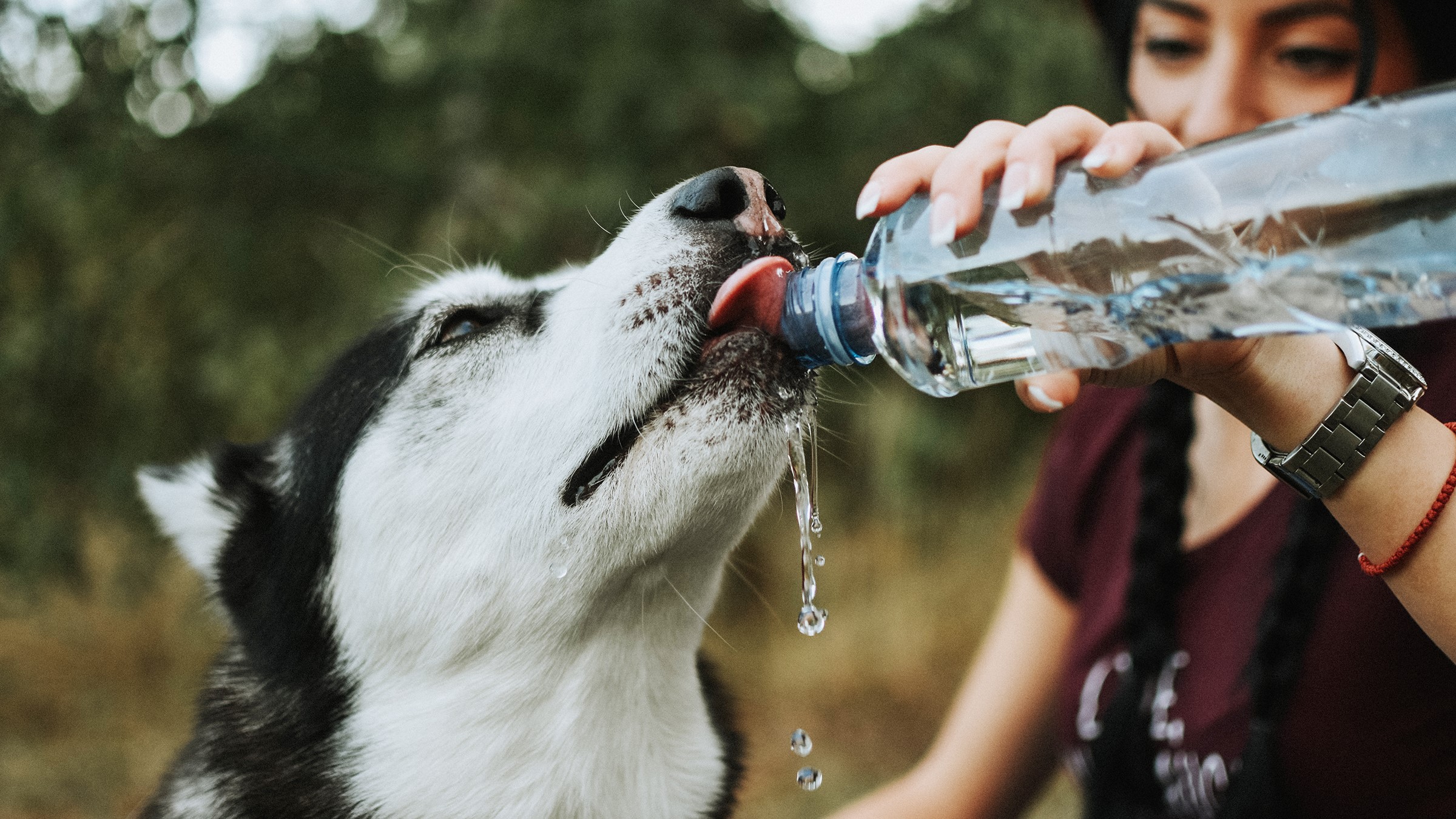
After purchasing your puppy or dog, there are several important aspects of their care, to consider:
- We strongly recommend that you insure your new dog. Please see our information sheet on insurance for more about this topic.
- Suitable bedding such as washable rugs, cushions or blankets need to be provided in a weatherproof kennel or indoors.
- A secure area such as a dog-proof yard is essential. Your dog should never be left unsupervised when tethered.
All dogs need daily exercise and mental stimulation to help avoid behavioural and health problems. Dogs view their human owners as being part of their pack and can develop behavioural issues if they feel neglected or excluded. It is also vitally important that dogs are socialised with people and other dogs from an early age in order to learn appropriate interactive behaviours.
All pets require a minimum of one health check a year. On average, dogs age five to eight times faster than humans, allowing major health changes to develop in a relatively short amount of time. The risk of cancer, diabetes, obesity, arthritis, heart disease and other serious conditions all increase with age. However, a visit to us helps us diagnose, treat or even prevent health problems before they become life-threatening. Routine vaccinations, flea and tick control and worming are also recommended. A visit to us is also a good opportunity to ask about nutrition, behaviour, and other issues.
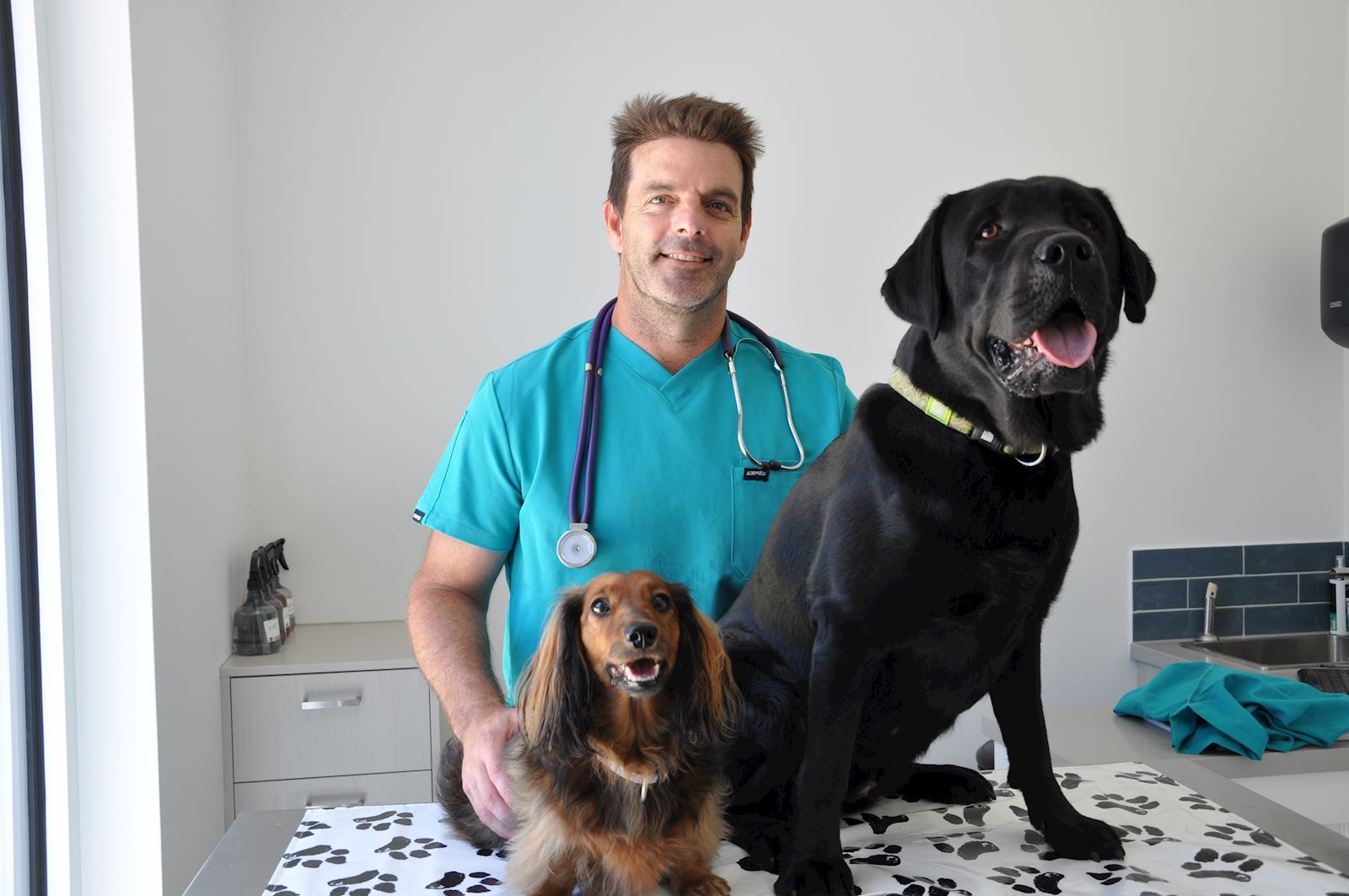
It is essential to keep your dogs teeth clean. A regular dental care routine will minimise tartar build-up on your pet’s teeth. Never give your dog cooked bones, as these can be brittle and easily splinter, causing harm to your dog.
Fresh water bowls must always be available for your dog. They should be kept clean and placed in the shade
Our staff are always keen to discuss routine health care for your current or future pets.
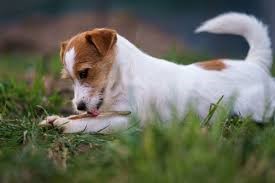
Behavioural advice
Behavioural problems can be due to behavioural causes, medical causes, or both. Our veterinarians will investigate behavioural problems by obtaining a full history and conducting a full examination (sometimes your pet may require blood orurine tests to rule out underlying medical conditions) to accurately diagnose a problem. Behavioural problems are often the combined effect of many factors, including your pet’s environment and learning.
Genetics can also predispose your pet to some behaviours, however the expression of those behaviours will depend on your pet’s early socialisation and training.
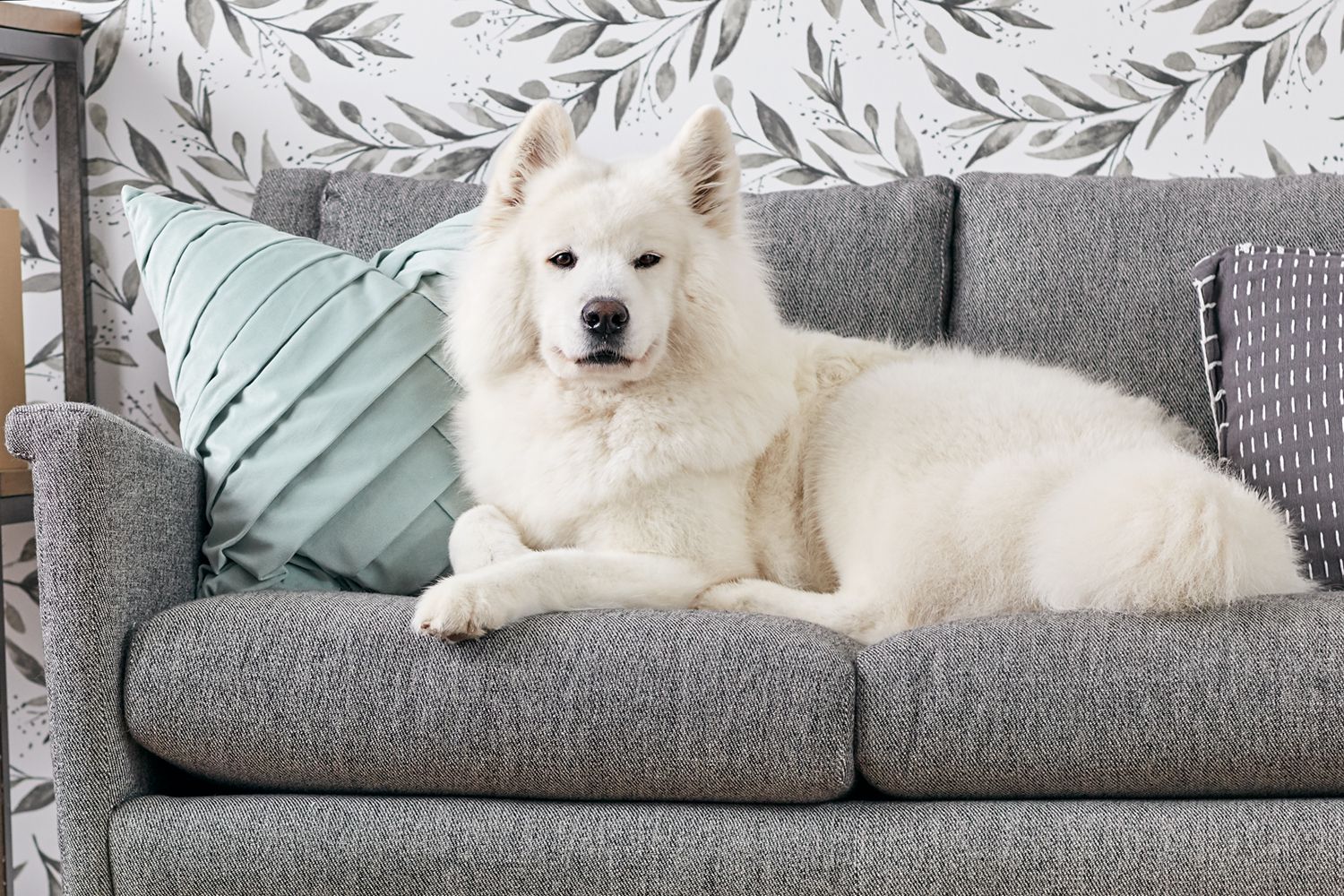
Learning also plays a part in many behavioural problems. Early training and socialisation is essential to have a happy, well-adjusted pet. Positive reinforcement is the preferred method for changing behaviour, however this also needs to be used carefully as it can encourage undesirable behaviour if used incorrectly.
How are behavioural problems treated?
There is no simple cure for any behavioural problem, so be careful when taking ”helpful” advice. For example, many people with a destructive dog are given the advice to get another dog to fix the problem, however, they may end up with two destructive dogs! It is very important that the cause of the problem is addressed, not just the symptoms of the problem.
When it comes to your pet’s behaviour, it is extremely important to seek the advice of a qualified veterinarian or animal behaviour specialist. Changing problem behaviour requires commitment on behalf of the whole family, as everyone your pet interacts with will be responsible for encouraging desirable behaviour. Some cases may also require medications alongside the new training techniques to get the best outcome.
For this and other behavioural problems we advise you contact us to make an appointment with one of our veterinarians.
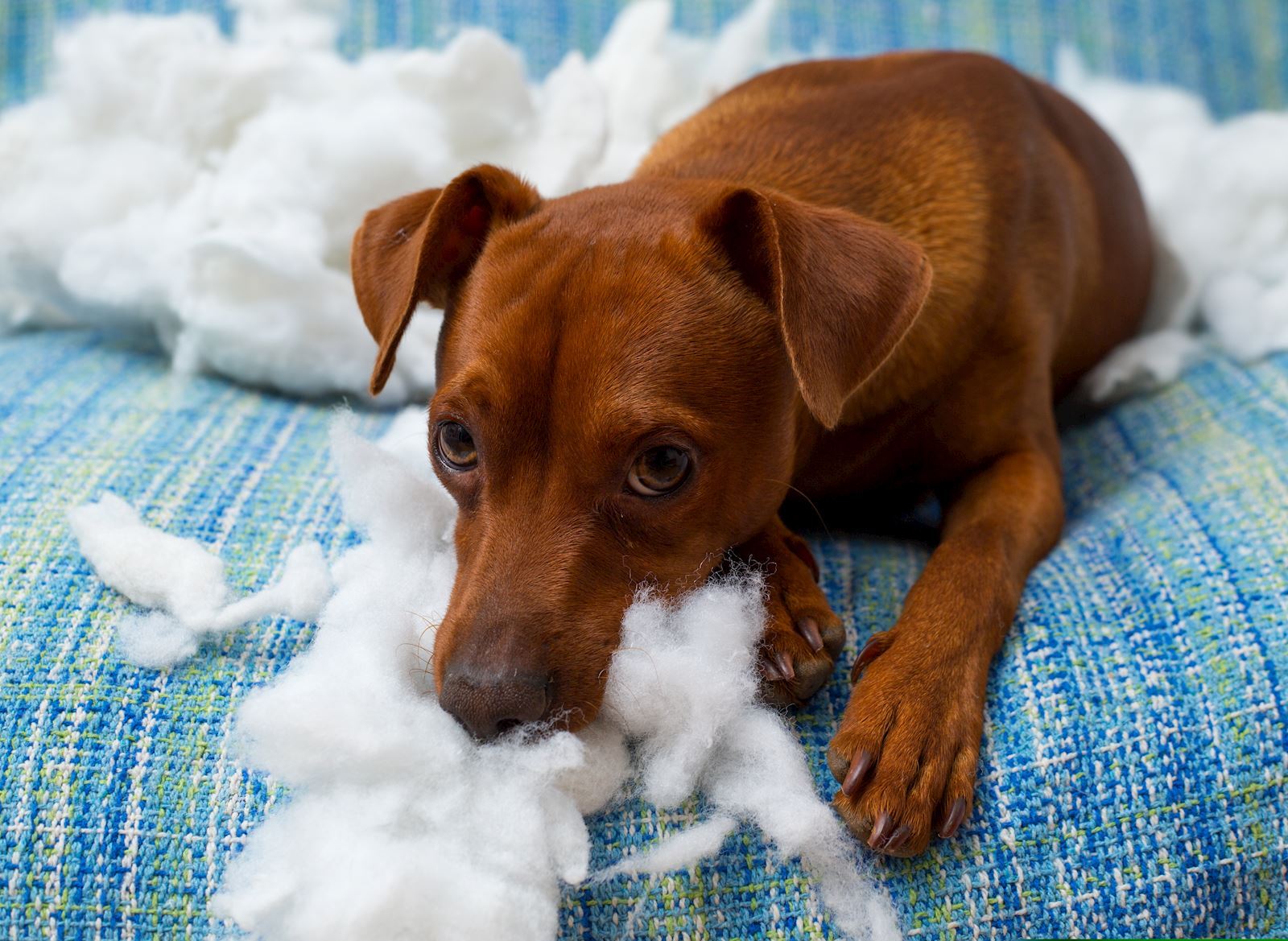
Nail Clipping
Regular nail clipping, or trimming, may need to be part of the routine care of your pet. It is essential for elderly and indoor pets, whereas outdoor pets may wear their nails down naturally. The requirement for nail trimming can vary depending on breed, age, level of exercise and the environment in which your pet is kept. Working and herding breeds of dogs are active and generally have compact feet with well arched toes that angle the toenails downwards towards the ground. If these dogs are active on hard surfaces such as gravel, rock and concrete, their nails may not need trimming until they slow down with age and exercise less.
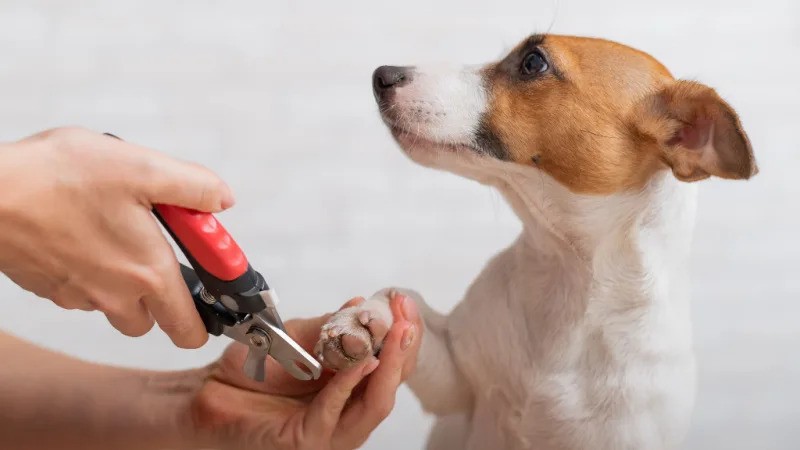
What happens if my pet’s nails get too long?
If a pet’s nails are allowed to grow, they can split, break or bleed, causing soreness or infection in your pet’s feet and toes. Long nails can get caught and tear, or grow so long that they can curl backwards into a spiral shape and can become ingrown. Cats are able to retract their claws so this is less common for them, however, cats do still need to have their nails regularly clipped (especially if they don’t get much natural wear and tear). Uncut nails may curl so far that they pierce the paw pad, leading to infection and debilitating pain. Nails should be inspected and/or trimmed on at least a 6 weekly basis.
It is very important not to cut the quick of a nail as this is rich in nerve endings and very painful for the pet. If you do accidentally cut into the quick, pressing the nail into a bar of soap will effectively stop the bleeding.
We have a variety of nail clippers that suit different pets – from the very small to the very tall. Make an appointment today to have your pet’s nails checked. We can also teach you how to do it if you would prefer to cut them yourself.
